Search
Search Results
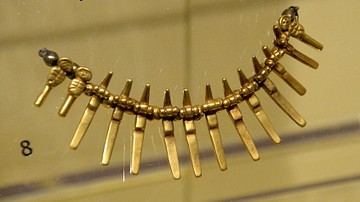
Image
Quimbaya Gold Necklace
Gold lends itself to the development of decorative techniques. Pre-Columbian pieces from South America were cast and decorated with twisted wire. From the Quimbaya civilization, Colombia, 11th to 16th century CE. (National Museum of Scotland...
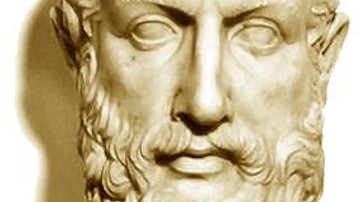
Image
Bust of Parmenides
Bust of the Greek philosopher Parmenides of Elea.
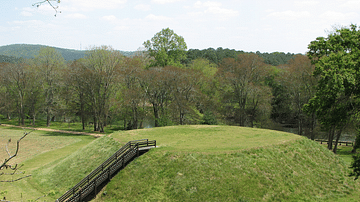
Definition
Etowah Mounds
Etowah Mounds (also known as Etowah Indian Mounds) is a National Historic Landmark and archaeological site near Cartersville, Georgia, USA, enclosing the ruins of a prehistoric Native American city whose original name is unknown. The present...

Image
Marble Head of a Philosopher
1st- or 2nd-century CE Roman copy of a Greek statue of the last quarter of the 3rd century BCE.
There are striking similarities between this head and portraits of Aristotle (384–322 BCE), but the identity of this man remains unknown.
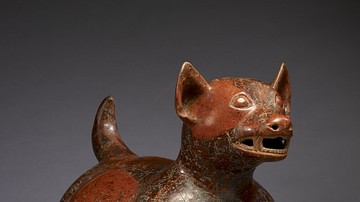
Article
Dogs and Their Collars in Ancient Mesoamerica
Dogs were an integral aspect of the lives of the people of Mesoamerica regardless of their location or culture and, throughout the region, were recognized as liminal beings belonging not only to the natural world and that of humans but to...
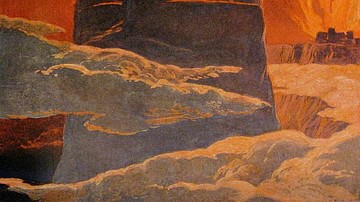
Definition
Ragnarök
Ragnarök is the cataclysmic battle between the forces of chaos and those of order in Norse mythology, ending the world and killing most of the gods and their adversaries, leading to the birth of a new world. It has been claimed, however...

Definition
Aristarchus of Samos
Aristarchus of Samos (l. c. 310 - c. 230 BCE) was a Greek astronomer who first proposed a heliocentric model of the universe in which the sun, not the earth, was at the center. Although his theory was noted by other thinkers of his time...

Video
El Tajín—Veracruz—Mexico
El Tajín is a pre-Columbian archeological site and one of the largest and most important cities of the Classic era of Mesoamerica. A part of the Classic Veracruz culture. The archeological site is known by the local Totonacs, whose ancestors...

Video
Chan Chan Archaeological Zone (UNESCO/NHK)
The Chimu Kingdom, with Chan Chan as its capital, reached its apogee in the 15th century, not long before falling to the Incas. The planning of this huge city, the largest in pre-Columbian America, reflects a strict political and social strategy...

Video
Art This Week 181-At The Kimbell-Wari: Lords of the Ancient Andes-June 24, 2013
In this episode, we visit The Kimbell Art Museum and hear Susan E. Bergh, the curator of Pre-columbian and Native North American art at the Cleveland Museum of Art, talk about the Wari people, the origins of the exhibition and two important...